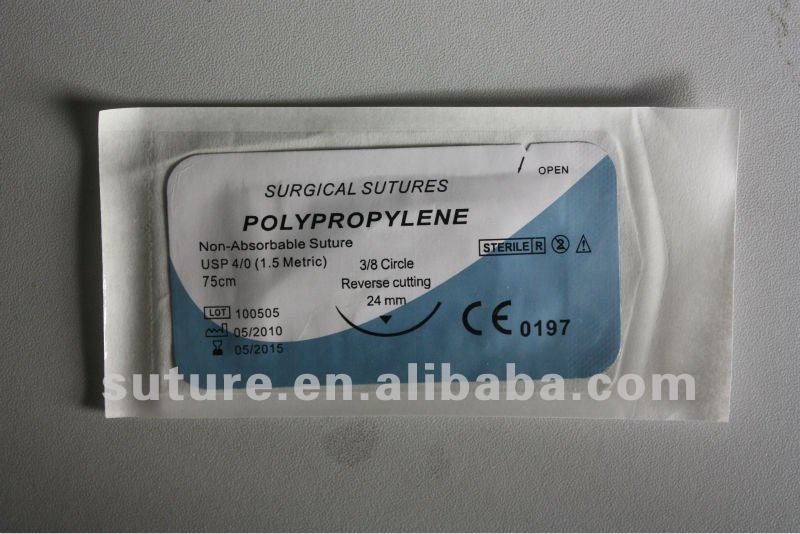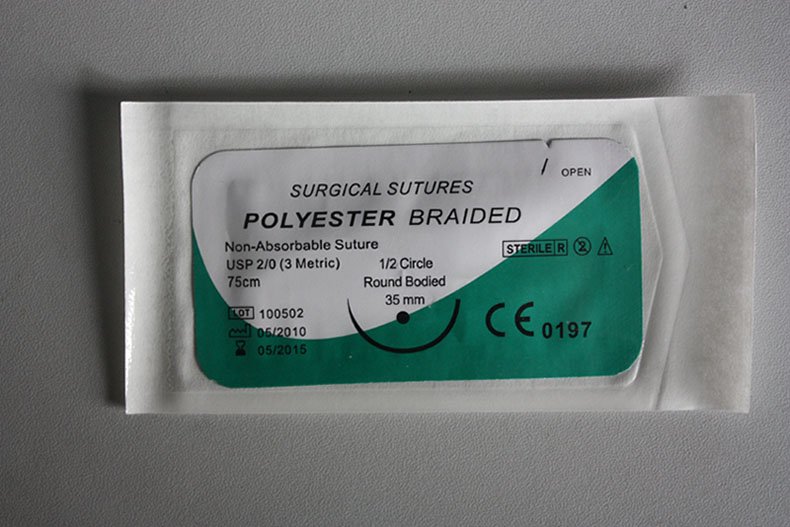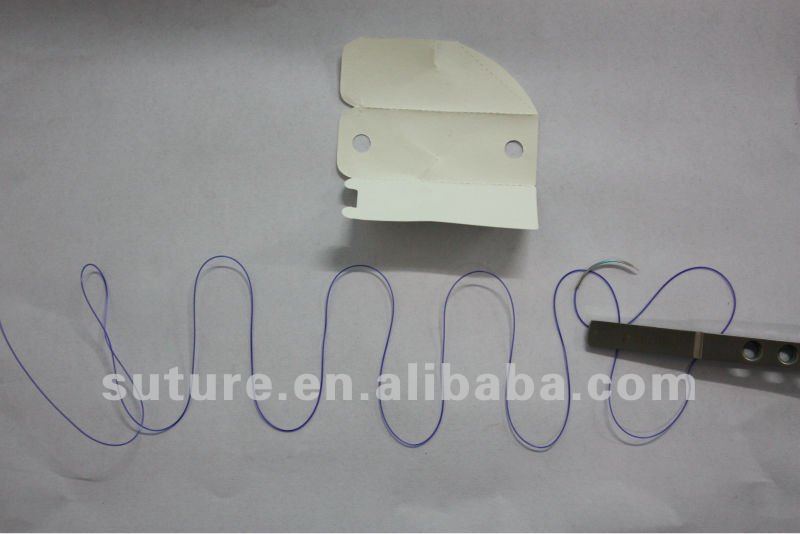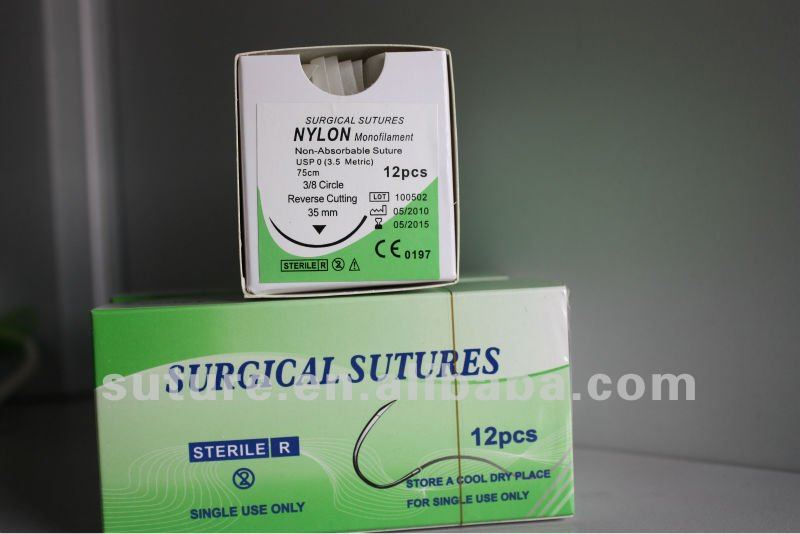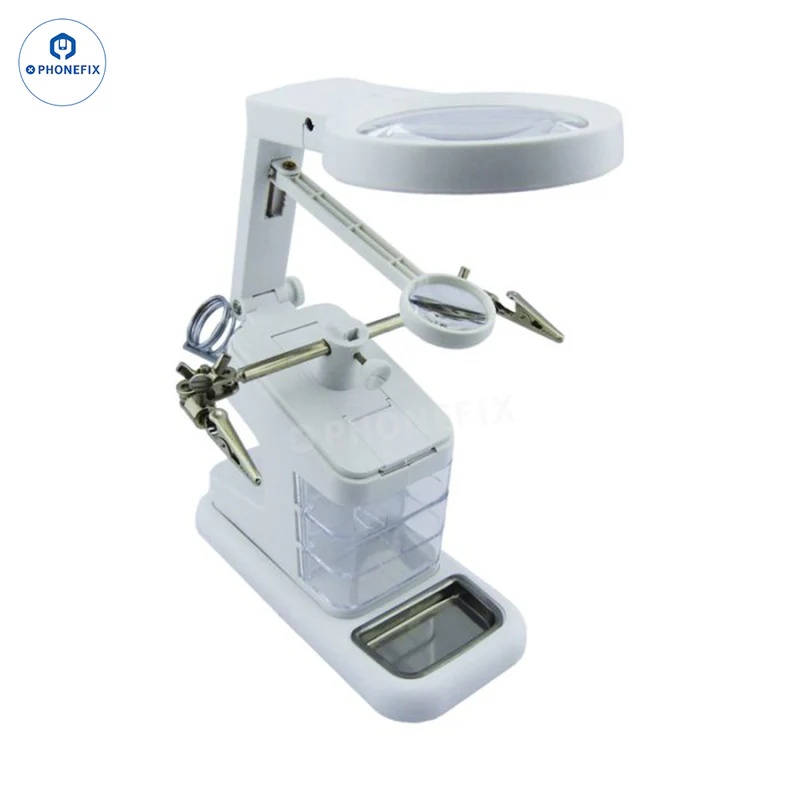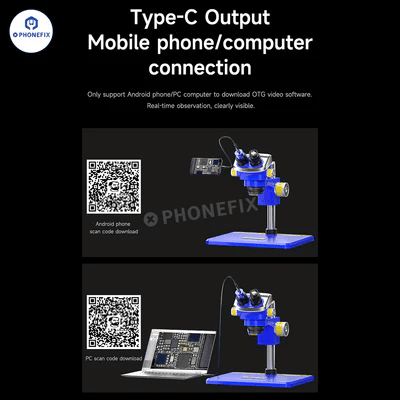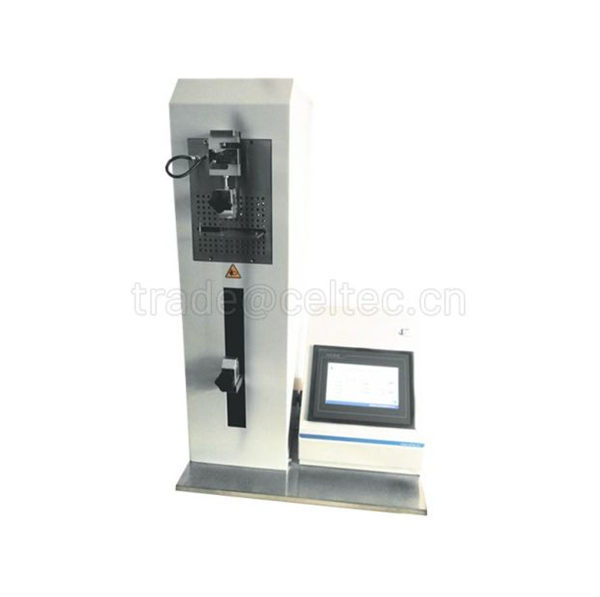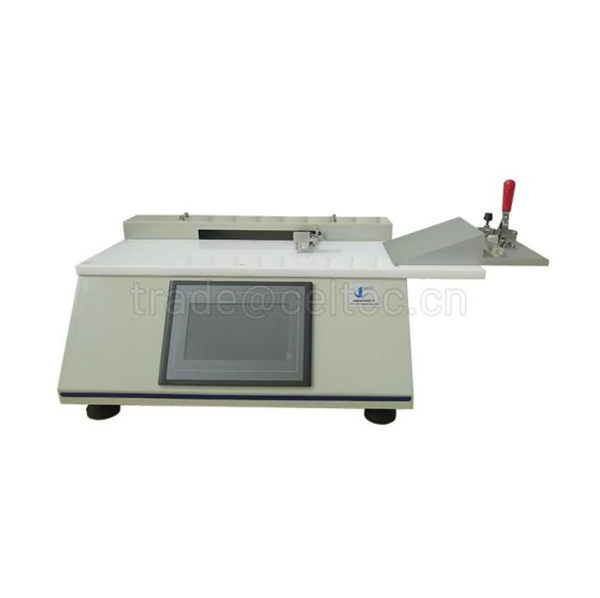Polypropylene suture with needle Polypropylene blue suture Polypropylene monofilament


Excellent handling characteristics, easy to handle ,easy to tie.
Smooth passage through tissue.
Unsurpassed strength in critical wound healing.
Suture with highly uniform diameter.
Sterilised by Cr-60 Radiation.
Confirms to the specifications of United States Pharmacopoeia (U.S.P.)
Description
Polyprolene monofilament surgical suture is a sterile nonabsorbable isostatic crystalline steroisomer of a linear hydrocarbon polymer containing little or no saturation. Suture characteristics include; clear monofilament (undyed) and blue monofilament (either D&C Blue # 6 or copper phthalocyanine blue dye). Polypropylene monofilament surgical suture meets all requirements established by the United States Pharmacopeia (U.S.P.) for nonabsorbable surgical sutures. Indications
Polyprolene is indicated for use in general, soft tissue approximation and/or ligation, including use in cardiovascular and ophthalmic procedures. Actions
Polyprolene elicits minimal acute inflammatory reaction in tissues, which is followed by gradual encapsulation of the suture by fibrous connective tissue. Polypropylene monofilament surgical suture is not absorbed, nor is any significant change in tensile strength retention known to occur in vivo. Warnings
DO NOT RESTERILIZE. DISCARD OPEN UNUSED SUTURES. STORE AT ROOM TEMPERATURE. AVOID PROLONGED EXPOSURE TO ELEVATED TEMPERATURES. As with any foreign body, prolonged contact of this or any other suture with salt solutions, such as those found in the urinary or biliary tracts, may result in calculus formation. Users should be familiar with surgical procedures and techniques involving nonabsorbable sutures before employing Polypropylene monofilament surgical suture for wound closure as risk of wound dehiscence may vary with the site of application and the suture material used. Acceptable surgical practice should be followed with respect to drainage and closure of contaminated or infected wounds. Precautions
In handling this or any other suture material, care should be taken to avoid damage from handling. Avoid crushing or crimping damage due to application of surgical instruments, such as forceps or needle holders. Adequate knot security requires the accepted surgical techniques of flat, square ties, with additional throws as warranted by surgical circumstance and the experience of the surgeon. The use of additional throws my be particularly appropriate when knotting monofilaments. Adverse Reactions
Adverse effects associated with the use of this device include wound dehiscence, calculi formation in urinary and biliary tracts when prolonged contact with salt solutions such as urine and bile occurs, enhanced bacterial infectivity, minimal acute inflammatory tissue reaction, and pain, edema, and erythema at the wound site. How Supplied
Polyprolene monofilament surgical suture is available in sizes U.S.P. 10-0 through 2 (metric sized 0.2-5.0). The suture is supplied sterile in “pre-cut” lengths, both non-needled and affixed to various needle types in one dozen boxes.
Other supplier products
All supplier products
Same products









